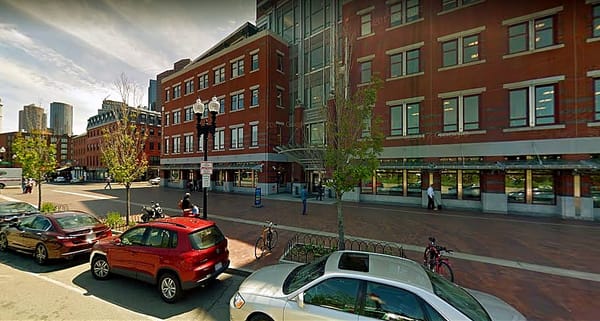Elon Musk: The Man With The Midas Touch

"I would like to die thinking that humanity has a bright future. If we can solve sustainable energy and be well on our way to becoming a multiplanetary species with a self‑sustaining civilization on another planet — to cope with a worst‑case scenario happening and extinguishing human consciousness — then, I think that would be really good."
— Elon Musk, 2015

